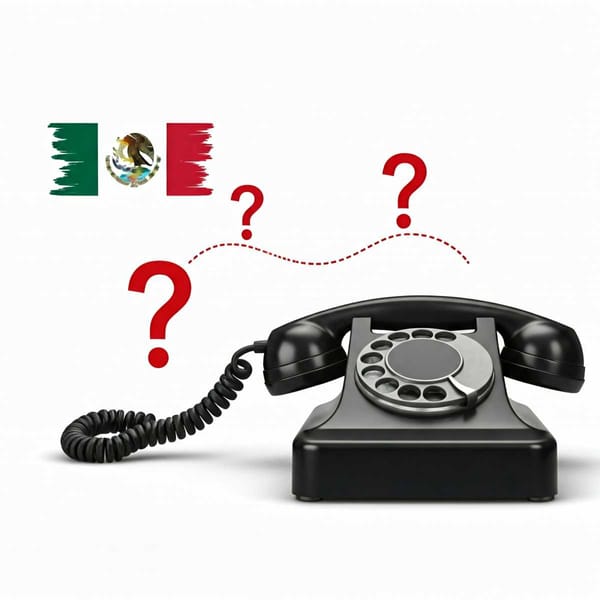The life of Spanish writer and Jesuit religious Luis Coloma
Luis Coloma, a Spanish Jesuit writer and religious, is known as Father Coloma. Creator of the famous children's story "Ratoncito Pérez", written at the request of the Queen María Cristina of Habsburg as a gift for the future King Alfonso XIII, on the occasion of the fall of his first tooth.

Father Luis Coloma became known around 1880 as a genre writer and author of moralizing tendencies through the magazine El Mensajero del Corazón de Jesús, directed by the fathers of the Society of Jesus. These stories were collected under the title of Lecturas recreativas (Recreational Readings) and published in several series. Departing from the sweet and tender realism of his literary advisor Fernán Caballero, he soon became independent. His stories are characterized by a mixture of religiosity and worldliness or, better said, of deep knowledge of life and customs.
Many critics, some of them exceptional, have affirmed that the realism in force in Spain after 1870 was exasperated, an authentic naturalistic realism. And, logically, such critics qualify as naturalists the greatest masters of our nineteenth-century novel: Galdós, Pardo Bazán, Clarín, Coloma, Ortega y Munilla, Picón, Blasco Ibáñez.... But it is no less true that this realism inherited by the twentieth century had streaks of concerned spiritualism.
Luis Coloma Roldán was born in Jerez de la Frontera, on January 9, 1851. At the age of twelve, he entered the Naval School, which he left soon after to study law at the University of Seville. During this time he began his literary interests and collaborated in various newspapers: El Tiempo, of Madrid, and El Porvenir, of Jerez. After finishing his studies, he moved to Madrid and took an active part in the propaganda in favor of the Alfonsina restoration, a period and atmosphere that he would later portray in his novel Pequeñeces.
At the age of twenty-three, he entered the Society of Jesus, as a result of an accident that seriously endangered his life. Father Coloma discovered Ortega y Gasset's precociousness and in 1891 he entered the Jesuit College of San Estanislao de Miraflores del Palo (Malaga), dedicating his attention to him, especially in the teaching of Greek. In 1908 Father Coloma enters the Royal Spanish Academy, his speech was about Father Isla. He died in Madrid on April 14, 1915.
In the work of Father Coloma there are children's stories, Ajajú and Periquillo sin miedo; political-social stories, Medio Juan and Juan y Medio; Por un piojo, Caín, Mal alma, La Gorriona and Era un santo; legendary stories, Paz a los muertos, and rural stories, Ranoque and Juan Miseria. But he achieved his fame with a single novel: Pequeñeces. Published in 1891, it placed its author at the forefront of literary news. A violent satire of the aristocracy during the time of the Alfonsine Restoration, it was one of the works that caused the greatest uproar and scandal in the 19th century.
According to testimonies of the time, readers did not judge the artistic value of the work, concerned above all with identifying the characters in the fiction. Valera censured the author quite harshly for having brought to the public square known characters, alluding especially to the "Marquis of Butrón".
It was not until 1910 that Father Coloma returned to the novel proper with the publication of Boy and later La reina mártir. Finally, he wrote Jeromín, the most popular after Pequeñeces, a true chronicle of Don Juan de Austria, known in his childhood by the name that gives the work its title. The series closes with Fray Francisco, 1914, about the life of Cardinal Cisneros.
A critic of the time could write that not having read Pequeñeces was like "going out into the street without a hat". The moralizing tone of the novelist from Jerez, who does not stop at the strong or stark painting of social ills, and the agile and journalistic style of the language invite to read one of the most famous novels of Spanish literature.
By Francisco Arias Solís. Source: Islabahia




